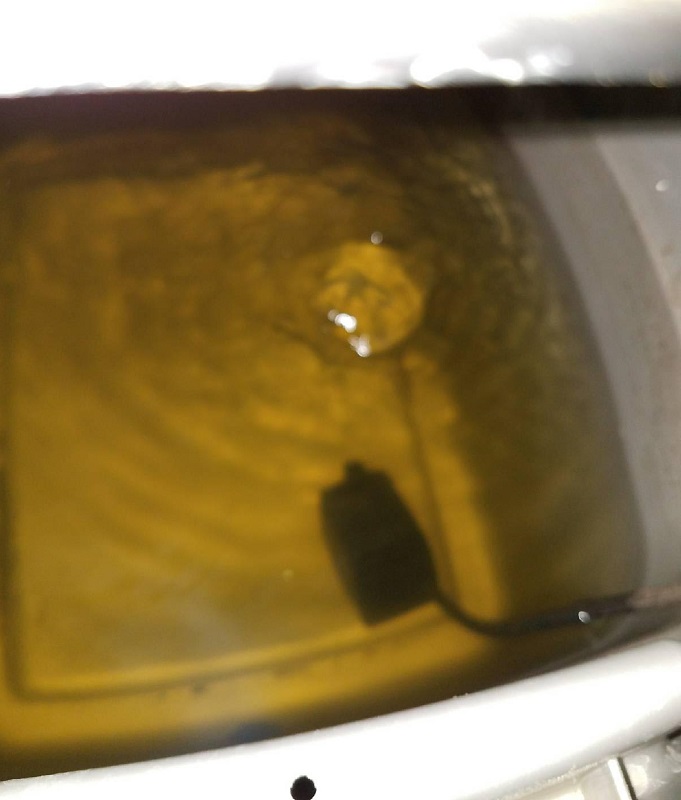There is not that much difference between them. The reason they do not grow heavier plants with this system is because they are more likely to fall over and are heavier to handle. But in principle it could be done. (and it is done)
Larger plants naturally also have a larger root mass. If the reservoir is large enough, it is possible.
The air pressure ensures that oxygen is continuously supplied. When it is consumed by the roots, new oxygen is automatically added.
Even if the roots consume oxygen like crazy, the air pressure ensures sufficient supply. The beauty of physics

Especially if you let the water move a bit. So if the root ball would be bigger, you would perhaps move the water for 5 minutes every half hour instead of 5 minutes per hour.
What is sometimes a bigger problem, with larger root mass, is that 'dead' water stays inside the rootball. So the roots on the outside get DO-rich water, but inside the ball stays only the water where all the DO has been used. This sometimes can lead to a problem with DWC in particular.
With E&F and Run To Waste, you don't have this problem. Once the water is gone, rich air with plenty of O2 can reach all the wet roots.
Some remarks on the E&F/RTW...
I sometimes visit a huge greenhouse where they grow vegetables like tettuce and also even tomatoes.
They use plastic or metal tunnels with holes in the top, similair to the DIY fence posts you see here on RollItup.
But then the tunnels are way longer. Sometimes even 100 meter or more.
They let water in at one end and it flows down all the way. The water goes in at several intervals. So every few meters. This is to prevent that the first few plants use all the nutes and the last ones have nothing left. They give them water a few times per day, depending on the stage of flowering of the plant.
The plants grow in rockwool blocks.
The water comes from a huge res and it is also collected again in a res (these growers can measure their nutes by single components, so they add components instead of an already mixed substance) and is then reused.
These growers also don't add DO in the reservoir. As said, there is plenty of air around the roots one the water has left and dripped away.
One of the problems that can occur though, is if they flood too much, that there is not enough time for the water to drip out of the block. Or that the plant does not absorb enough water and there is still plenty of water in the block. Then the roots don't get enough oxygen. What we call 'overwatering'.
I will have to look for a pic that I took during a visit, but so far couldn't find it.



